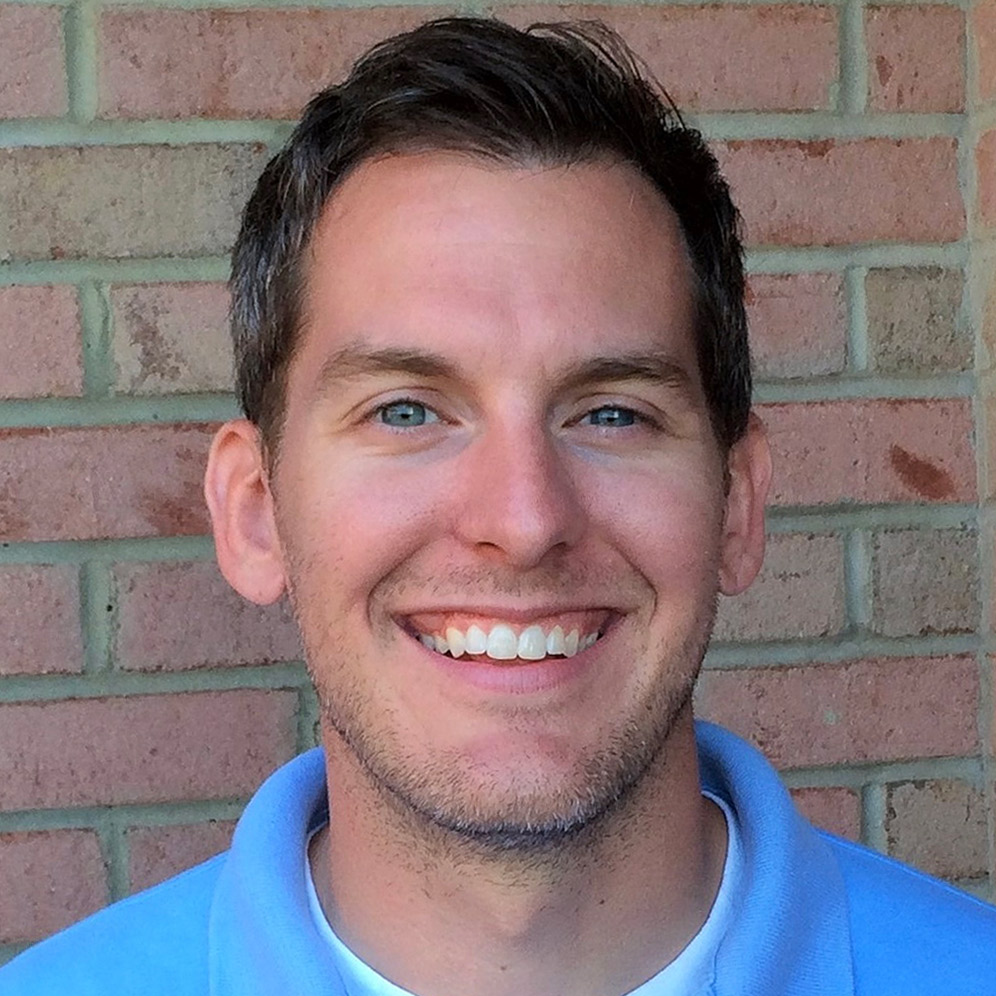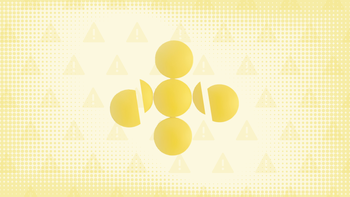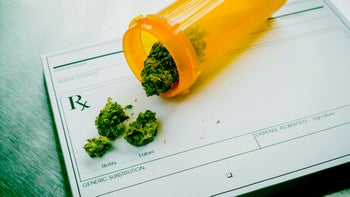
What Are the Best Treatments for Heroin Use Disorder?
Key takeaways:
Heroin use disorder, usually called opioid use disorder, is a serious issue that could lead to many problems, like overdose and death.
Addictions are challenging to treat because they produce long-term symptoms that can come back later.
The best treatments for opioid use involve a combination of medications, therapy, and lifestyle changes.

HeroinHeroin is a dangerous, illegal, and highly addictive opioid drug. Its use can lead to numerous problems like addiction, overdose, and death. If you or someone you know uses heroin, you should know the signs of opioid use disorder and the best treatments to limit risks.
Continue reading to learn more about heroin use disorder and the top treatments involving medications, therapy, and lifestyle changes.
What is heroin use disorder?
Heroin use disorder is a major concern in the U.S. This condition means that someone has a problematic relationship with heroin. It can go by other names like:
Opioid use disorder (OUD), the preferred term
Heroin addiction
Heroin dependence
Opiate dependence
Heroin use can be deadly. In 2019, it was connected to more than 28% of opioid overdose deaths. A total of about 130,000 people died from heroin overdose in the two decades between 1999 and 2019.
Heroin overdoses are a major concern, and so is addiction. In 2020, 2.7 million people were addicted to heroin and other opioids. These drugs can have a significant impact on your mental health and brain, as well as on your physical and social health.
What are the signs and symptoms of heroin use disorder?
Mental health and addiction professionals use a standard strategy to identify opioid use disorder. They look for the common signs and symptoms of heroin use disorder, including:
Using heroin in greater amounts or more often than intended
Trying and failing to cut back or stop
Spending a lot of time and money getting and using heroin
Craving heroin when none is available
Feeling ill when not using
Negative effects on your relationships, work, education, and other responsibilities
Continuing to use despite potential problems
How is heroin use disorder diagnosed?
A professional can diagnose heroin use disorder. They do this after evaluating someone by asking questions about their use, symptoms, and background. If someone experiences at least two symptoms of heroin use disorder, then the professional can make the diagnosis.
Remember, only a medical or mental health professional can accurately diagnose the condition. Avoid online or self-diagnosis tools. They could be misleading.
What are the best heroin addiction treatments?
Heroin use disorder is a serious mental health condition. It requires professional services coordinated by a team of mental health professionals.
Addiction treatments should always be tailored to your exact needs, symptoms, and goals. Generally, the best heroin addiction treatments will involve:
What medications are used in heroin addiction treatment?
Medications are a key element of long-term addiction treatment. Even with detoxification services, your chances of relapse are high without ongoing medication support.
MOUD helps by:
Stabilizing your brain chemistry
Reducing cravings and withdrawal symptoms
Blocking the effects of heroin if you do relapse
Promoting recovery
Many medications, like lofexidine (Lucemyra), are used to manage the short-term cravings and urges of heroin withdrawal symptoms.
Additionally, long-term medications may be used to help manage cravings and reduce the chances of relapse. These medications include those listed below: methadone, buprenorphine, and naltrexone.
Methadone
Methadone is a lab-made opioid that professionals have used for more than 40 years. It creates effects like heroin in the brain — but in a controlled, predictable way. This helps lower cravings and withdrawal symptoms. You will not experience the highs and lows of heroin. Methadone has a much slower speed of action and longer duration.
Methadone is only available from opioid treatment centers.
Buprenorphine
Buprenorphine works like methadone by interacting with opioid receptors in the brain. It is less powerful, though. Methadone is considered a full agonist, while buprenorphine is a partial agonist.
Like methadone, buprenorphine reduces cravings for heroin without producing a high feeling. It is available from certified healthcare providers and physician assistants (PAs) under names like:
Buprenorphine/naloxone (Suboxone)
Bunavail
Zubsolv
Subutex (this version is no longer sold)
Naltrexone
Naltrexone (Vivitrol) works in a much different way than methadone and buprenorphine. It is an opioid antagonist.
Instead of triggering a similar reaction to heroin, naltrexone blocks all opioids from connecting to brain receptors. Because the substances cannot connect, they cannot create any of the wanted effects. So, a person is aware that if they relapse while on naltrexone, they will not experience the drug’s pleasurable effects.
Naltrexone is prescribed as a pill or an injection called Vivitrol. This version produces weeks of benefit from a single shot.
What psychotherapies are used in heroin addiction treatment?
Therapy is a great addition to medications for opioid use disorders. Therapy can help you find healthier coping skills, enhance your communication, and understand the root of your addictions.
Some of the most effective therapy approaches for addictions are:
Cognitive behavioral therapy (CBT) stresses the connection between thoughts, feelings, and behaviors to help you recognize problems and find better solutions.
Family therapy focuses on how addictions and family problems are related. By improving relationships, you can improve your substance use.
Motivational interviewing aims to increase your internal motivation and dedication toward a drug-free life.
Contingency management uses tangible reinforcement, like money and prizes, to build your dedication and commitment to treatment and recovery.
These therapy options can be used alone or in combination with each other. They can be used with just you and a therapist or in a group setting.
What types of lifestyle changes can help heroin addiction?
Heroin addiction treatments need to address you as a complete person, not only your addiction. They should help you change your lifestyle and support your:
Mental health
Physical health
Work and school needs
Legal services
Family stresses
One healthy lifestyle change you can make is connecting to support groups and the recovery community. Support groups are not formal treatment. But they complement your other care. Some great support group options include:
Staying away from the people, places, and things linked to heroin will help keep you safer. Engaging in recovery-focused activities with healthy people will help you establish a better lifestyle.
Where do treatments for heroin addiction occur?
Professional addiction services take place in a variety of settings. You can receive treatments in hospitals, doctors’ offices, and community health centers.
Overall, treatments are separated into two main categories: inpatient and outpatient.
What is inpatient care?
Inpatient involves any treatment that requires you to live and sleep in the facility. If you are in a hospital, rehab, or detox center, you are receiving inpatient care.
Inpatient tends to be best for people with more severe addictions or fewer supports. It may be right if other treatments have not been helpful in the past.
This level of treatment is usually more intense, with more rules. It tends to be time limited, so it lasts for only days, weeks, or months.
What is outpatient care?
With outpatient care, you still live at home with the freedom to work or go to school. You schedule appointments with your provider, have a session, and return to your day.
Outpatient treatments vary greatly in time commitment. Some will be for several hours each day. Other options will only involve 1 hour each month.
Outpatient treatment is less strict and intense than inpatient treatment. It’s best for people with fewer symptoms and more outside responsibilities, like work, childcare, or school. Many people who have completed inpatient treatment will then transition to outpatient.
Where can you find help for heroin addiction?
Consulting with a friend, speaking to a professional, or completing an online search are all good ways to seek help for heroin addiction. The Substance Abuse and Mental Health Administration (SAMHSA) offers a very helpful treatment locator to identify local services.
Remember, not all heroin addiction treatments will be right for your unique situation. But there is a best option for you.
Stay honest with yourself and your providers to get the help you deserve.
The bottom line
With heroin addiction treatment, you don’t have to pick between medications, therapy, and lifestyle changes. You can use all of these services to create the best chance of success. Heroin addiction is difficult, but treatment works.
Why trust our experts?


References
Centers for Disease Control and Prevention. (n.d.). Module 5: Assessing and addressing opioid use disorder (OUD).
Centers for Disease Control and Prevention. (2021). Heroin.
Heroin Anonymous World Services. (n.d.). Heroin anonymous.
MedlinePlus. (2017). Opioid addiction.
National Institute on Drug Abuse. (2019). Treatment approaches for drug addiction DrugFacts.
National Institute on Drug Abuse. (2021). Medications to treat opioid use disorder.
SMART Recovery. (n.d.). SMART recovery, life beyond addiction.
Substance Abuse and Mental Health Services Administration. (n.d.). SAMHSA behavioral health treatment services locator.
Substance Abuse and Mental Health Services Administration. (n.d.). SAMHSA's national helpline.
Virtual NA. (n.a.). Virtual NA- NA meetings online & by phone.
If you or someone you know struggles with substance use, help is available. Call SAMHSA’s National Helpline at 1-800-662-4357 to learn about resources in your area.
























